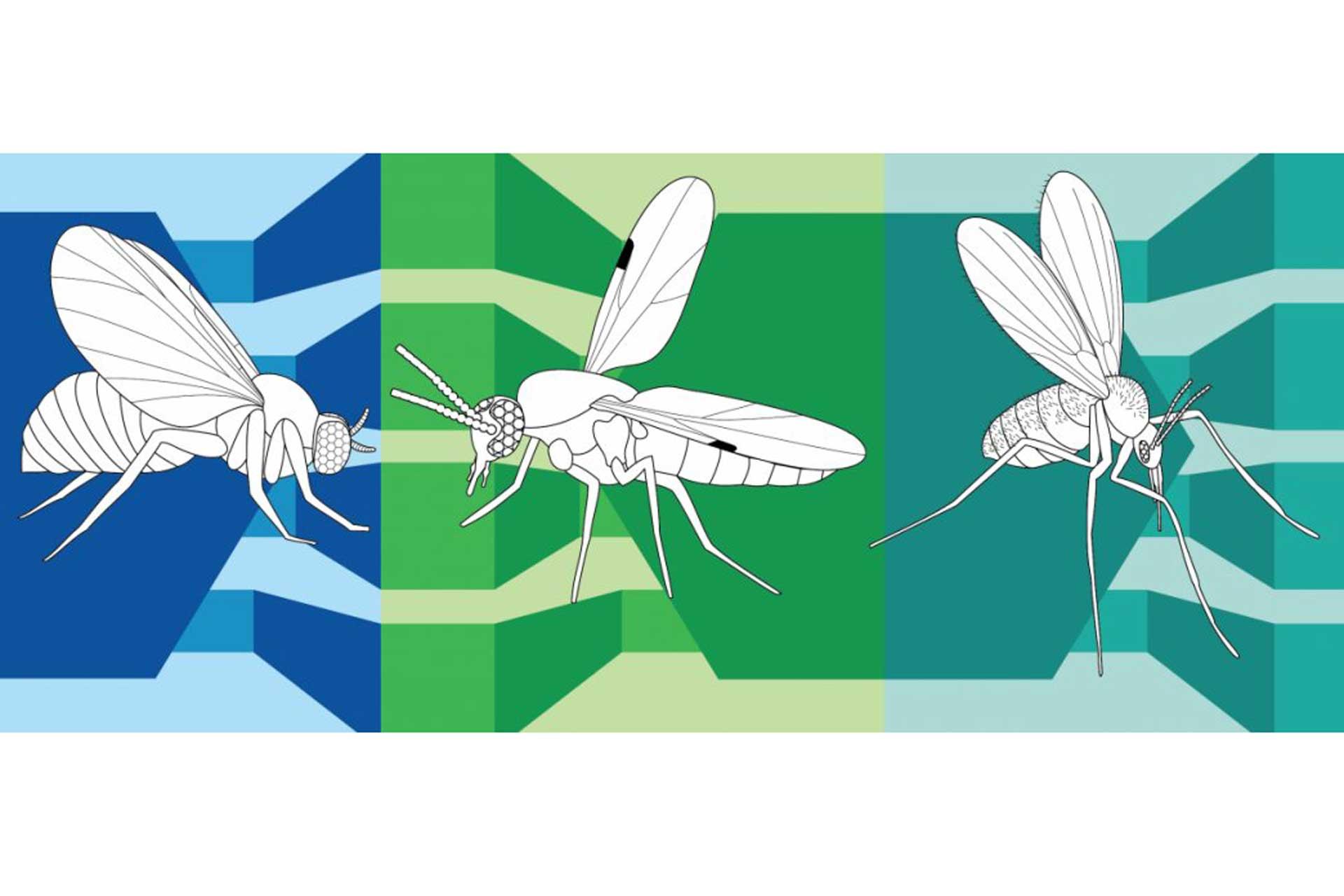Pirbright scientists are bringing together vector research communities to improve their capacity for fighting disease. The aptly named ‘Gnatwork’ is forging international connections between scientists that work on three insect groups (sandflies, blackflies and biting midges) through providing funding, training and resources.
“Few people realise the impact that these vector groups can have on both human and animal lives” said Dr Emma Howson, Gnatwork Manager at Pirbright. “For example, sandflies transmit protozoa that cause leishmaniasis, a human disease which kills up to 30 000 people each year, whilst outbreaks of bluetongue, a viral disease transmitted by midges between ruminant livestock, were estimated to cost affected European countries over £800 million between 2006 and 2009.”
Although each species of fly presents unique research challenges, their small size leads to convergence in the techniques scientists use to understand their biology. The Gnatwork has recently announced a new round of funding, which encourages researchers to work towards this aim through sharing their expertise and investigating novel areas of research across the three insect groups.
The grants require scientists to work with international partners, with previous funding connecting UK institutions with low income countries such as Ghana, Ethiopia and Brazil. “By creating new relationships with these grants, we hope to enable sharing of knowledge and resources, making vector research groups more resilient” added Dr Howson.

The efficient coordination of research on these neglected vectors is highly important due to the sporadic nature of funding, which can be dependent on disease prevalence. By improving the research base for sandflies, blackflies and biting midges, Pirbright scientists are paving the way for a more integrated vector community that can share resources and be more flexible in meeting research demands.
